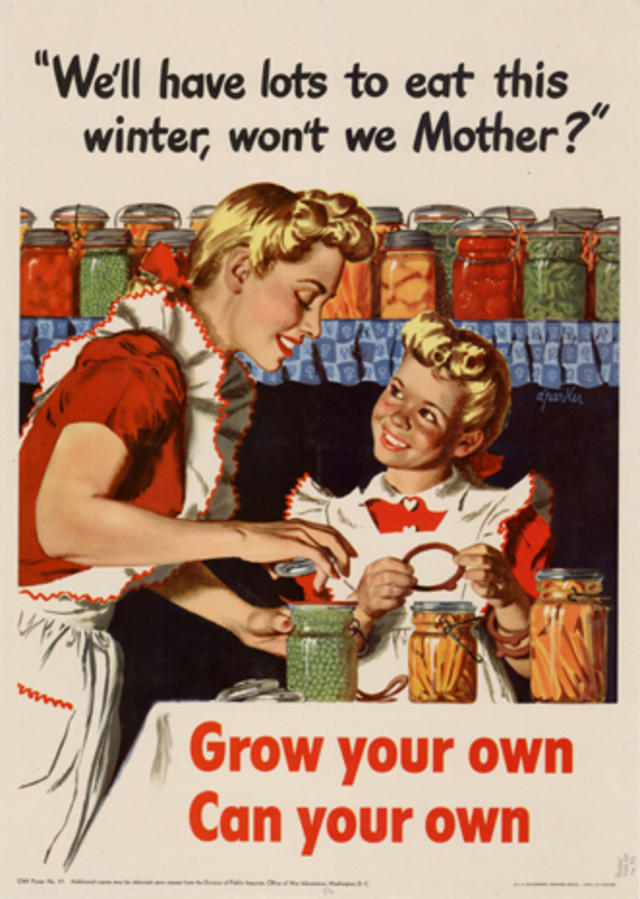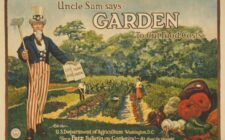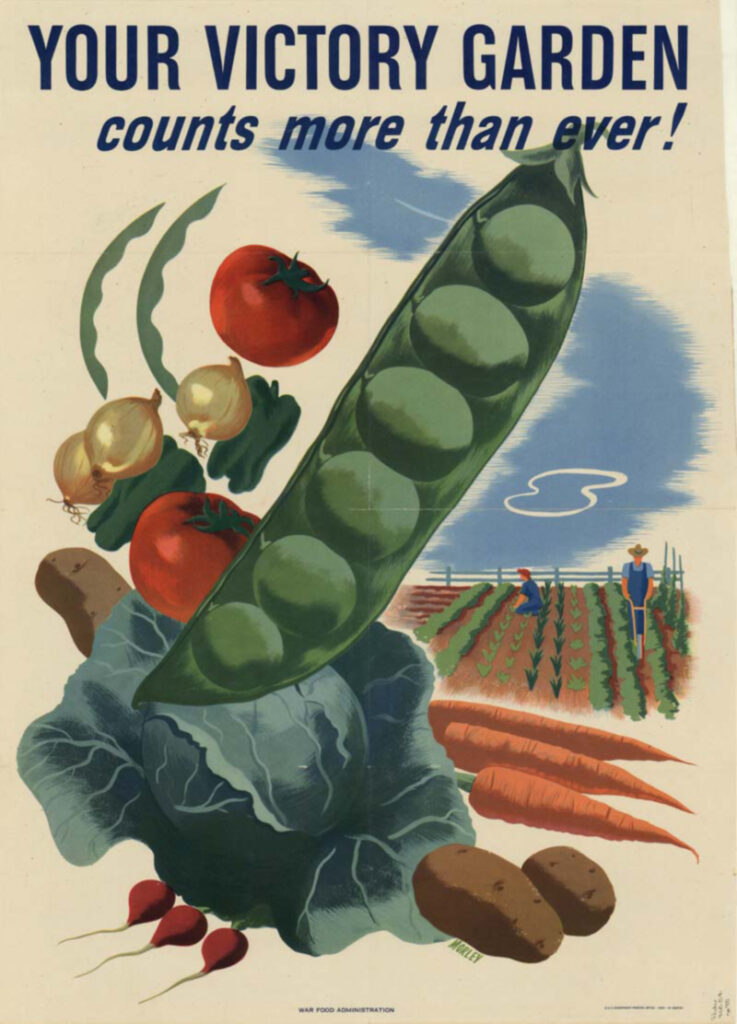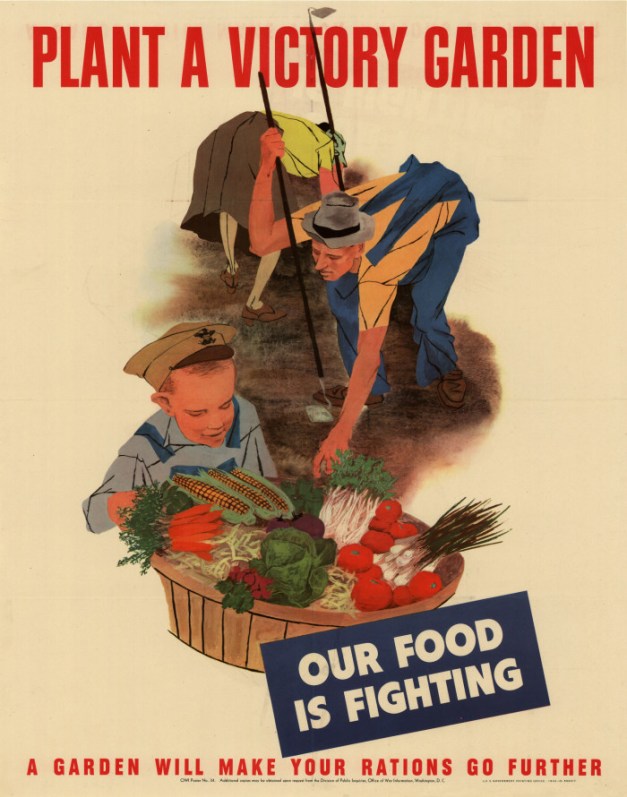Do you remember the Victory Garden?
The Victory Garden began during the first world war. At that time, posters in cities across the country advocated that civilians should, “Sow the seeds of victory”. This was a creative solution to address the fact that most of our farmers and transportation companies where dedicated to supplying food to the service members overseas. The idea was simple, Americans were asked to plant a garden to help with the nations food shortage. You could say that the victory garden was moderately successful during the first World War with numbers of local gardens reaching over 3 million plots just about anywhere American could fit them, backyards, front yards, flower pots, roof tops, you name it. By the time America got dragged into World War 2, the victory garden would resurge and reach an all time high!
As World War 2 broke out, commercial crops were being sent overseas and once again ordinary Americans were asked to provide their families with homegrown fruits and vegetables. With the introduction of food rationing in the Spring of 1942, you could find gardens in some form all across America with Elenor Roosevelt even planting a victory garden on the White House lawn.
Some of the most popular produce grown included
- cabbage
- carrots
- kale
- lettuce
- kohlrabi
- peas
- tomatoes
- turnips
- squash
- Swiss chard
- Beans
- Beets
Millions of government pamphlets were sent to citizens with in-depth instructions on how to develop and maintain a successful garden. Throughout both World Wars, the victory garden was a giant success! Americans were happy to do their part to support the country in any way that they could. As a result of their patriotism, by 1942 Americans had planted roughly 15 million victory gardens and by 1944 an estimated 20 million gardens were producing 8 million tons of food which represented 40 percent of all fresh fruits and vegetables consumed in the USA!

All throughout history, Americans have always answered the call to step up and do what it takes to overcome obstacles for the good of the nation.
We hope you enjoyed this special piece of American History. Feel free to leave a comment below, we’d love to hear your thoughts.



